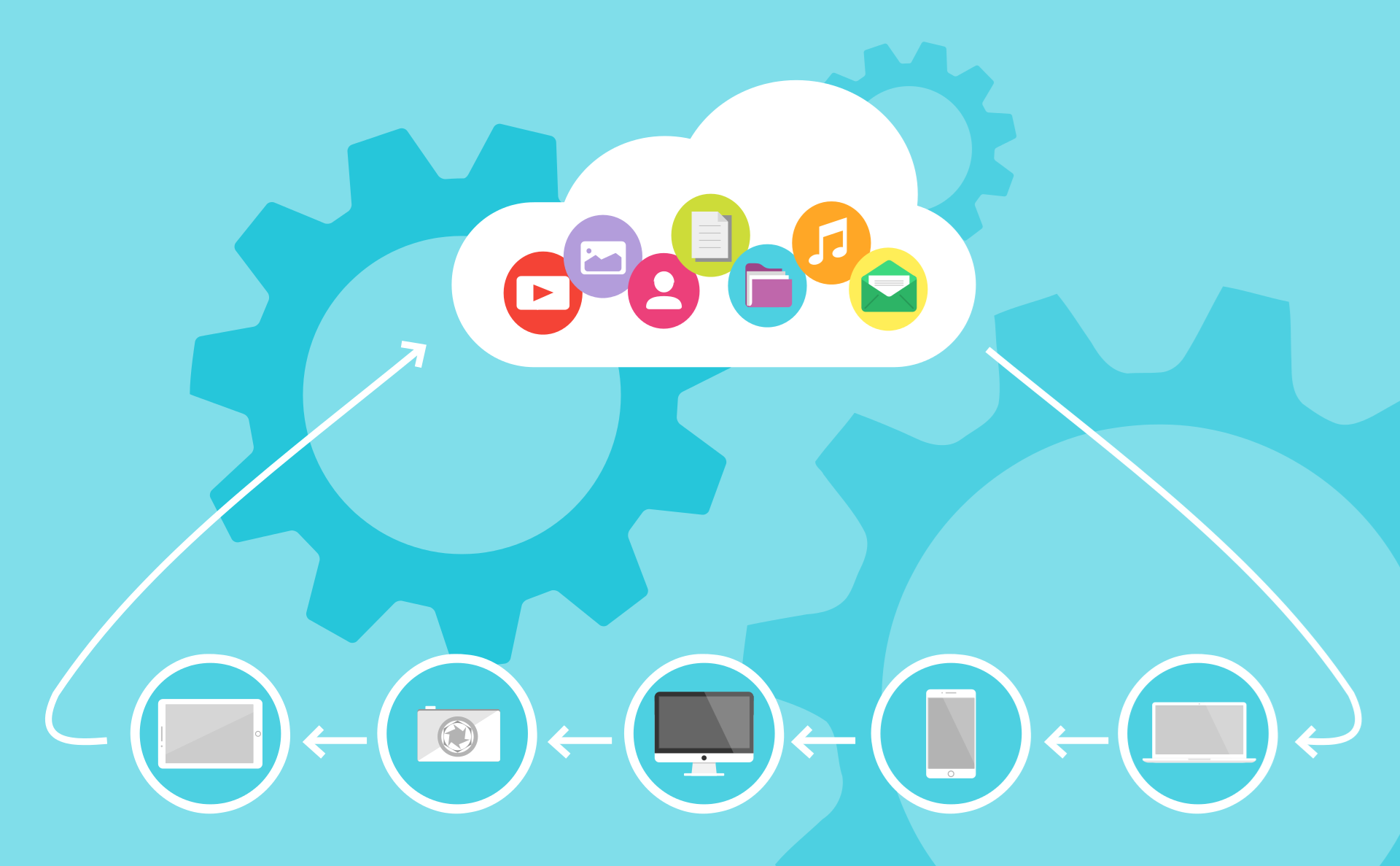fevereiro 16, 2016
Digital transformation is yet another rising star on the top 40 charts of popular business terms, finding its place among the others on the list: big data, cloud and analytics. But looking past the hype, these terms represent very valuable concepts.
At least they have the potential to be very valuable if applied properly. Organizations run into problems when they blindly chase or try to leverage these ideas or concepts without properly framing them within the context of their business.Digital transformation can provide that much needed context.
There are multiple definitions of digital transformation out there, and there surely will be more. For our purposes let's say that it’s the alignment of your business or organizational strategies, models and processes with the new digital economy or environment. Not being in a “high-tech business or industry doesn't mean you shouldn't be thinking about digital transformation, big data, cloud or analytics. In fact, it's the traditional, non-technical industries that often have the most potential for opportunity and value by applying some of this new thinking.
A digital transformation frame of mind can provide the context, clarity and focus you need. Let' dive in and explore this further... First off, you must identify your core business areas, priorities, value chains, and critical functions. Analyze those functions in terms of the potential opportunities, threats / risks, and high-impact points (positive or negative). As good business practice you should be doing some of this anyway, but if you haven’t, use digital transformation as the excuse to do so. Ideally you would be able to do this for all of your core business areas, but if that’s not practical, one or two key business areas is a good start.
Next, assess those high-impact areas in the context of digital transformation. This is much easier said than done. It’s where creativity and real innovation takes place. You’ll need to cultivate this using whatever means you have at your disposal.This could be cross-functional teams, workshops, research on directly or indirectly related industries, leveraging third-party help, or whatever else you can think of.
You really need to think about how those areas could potentially be digitally transformed…or re-engineered as they said in the 90’s ;) to capitalize on opportunities, trim costs, reduce risk, minimize threats, increase revenue, grow markets, or address whatever your primary drivers are. These identified areas become the “seeds” or business context of your digital transformation strategy.
Transforming an area “digitally” could mean many things, but the key point is that you shouldn’t be jumping to things like advanced analytics, big data applications or cloud solutions without this business context. “Build it and they will come” works in the movies, but not in a successful business or organization. Jumping into advanced analytics, big data or cloud initiatives without context can, and often do result in a failed, or even worse, a severely diminished outcome. A failed outcome is a one-time loss and at the very least, provides a good opportunity to learn from your mistakes. A project that delivers something with very little value acts like an anchor on the organization for months or years into the future.
You may be thinking…“What about companies like Netflix, Uber, eBay, Amazon? Didn't they just build a digital platform and the people (and their money) came in droves?” From the outside it may look like that, but the reality is that these are companies that are truly in a digital transformation frame of mind.
Simply put, they found and capitalized on tremendous digital transformation opportunities in existing markets and industries. They didn’t simply digitize parts of their business by doing things like converting paper-based pay stubs to electronic to save paper, printing and labor costs. These companies embraced key technologies and transformed the traditional ways of doing business. Why did they do this? There are several reasons, but one of the biggest reasons, and a common thread between them, is their incredibly smart use of data, analytics and cloud technology.
Let's briefly look into each of these areas to better understand how they could help in the context of digital transformation.
(Big?) Data

Digitally driven organizations are data driven organizations. Digitally transforming your business means leveraging data for maximum benefit. Think about what additional data would significantly help add value to your organization. For example, it’s clear that product-based companies could learn much more about the quality and reliability of their products if they had detailed usage data from their customers. ;It would be like having an endless supply of real-world test data. Software companies have been doing this for many years as it has been relatively easy to capture this information, but in the past few years other industries are doing the same.
Take OnStar for example, tracking significant amounts of travel data and car diagnostics. The diagnostics alone can provide a wealth of valuable information to the manufacturer (GM in this case). Data doesn’t need to be “big” to be transformational. It’s most important to tap into the data that can provide the most impactful information. It really doesn't matter whether anyone considers it big or not.
Advanced analytics

As I just said, it doesn’t matter if your data is big or small.;It's what you do with it that counts, and that’s where the advanced analytics come in. Data without analytics is….just data. In most situations you should actually be thinking about the analytics even before the data. You should determine what insight you need to make a significant positive transformation, and then figure out what data, and analysis of that data is required to gain that insight. I say “advanced analytics because organizations have been using passive analytics for years (e.g. what did we sell last week, ship last month). It's valuable information, but at this point it’s considered table stakes; you have to be doing this at a minimum just to have a chance to stay in the game.
Advanced analytics are active or predictive in nature. It’s the analysis of data to provide another level of insight or intelligence. Leading web companies like Amazon and eBay heavily leverage predictive analytics to maximize user engagement on their website. They are using all kinds of data (historical, demographic, environmental, geographic, semantic, etc.) along with predictive models, to maximize the potential that you will find what you need and purchase it.
Amazon is trying to take it a step further by creating a system that will predict what you want before you actually buy it. They have already filed a patent application for “anticipatory shipping.
The important point is that you need to extract significant value from that (big or small) data to help support the positive business transformation.
Cloud

Cloud is a big, broad and often vague term. It can mean 10 different things to 5 different people. That said, if we use a broad definition of a cloud as a computing network, it has the potential to digitally transform in countless ways; too many ways to try and cover in this post. Instead of discussing an outward (customer) facing example as we did for data and analytics, let’s talk about potential digital transformation from within an organization. Traditionally, organizations are built up of many individuals working within some (formal or informal) structures. Those individuals would communicate or collaborate as needed.
Over time, networks of individuals are built up. For example, a few people who worked well together in the past on previous projects are likely to seek each other out when similar problems or projects arise in the future. And when those individuals work together again, they are usually more efficient and effective than before. Building up these networks are essential for modern, innovative and digitally driven organizations, but often it can take time a lot of time. Today, technology is emerging to significantly expedite this network building, and realize those benefits much sooner. Microsoft Office 365 is a good example of this. It’s much more than a set of office tools that have been moved to a centralized platform.
The platform itself becomes the enabler to connect individuals faster, and through new paths. The platform can analyze individual’s interests, patterns, activities, and then infer potentially valuable connections to others within the organization The platform then actively promotes the building up of those valuable networks by suggesting content to read, promoting people to contact or follow, and enhancing search results.
Wrapping it up
We’ve just barely scratched the surface on the topics of digital transformation, data, analytics and cloud. You could write books on any one these topics and people do..many people. But the point that I hope I’ve conveyed here is: thinking about digital transformation at an organizational level can help provide the critical focus and context you need to realize the potential value within the areas of data, analytics and cloud.





